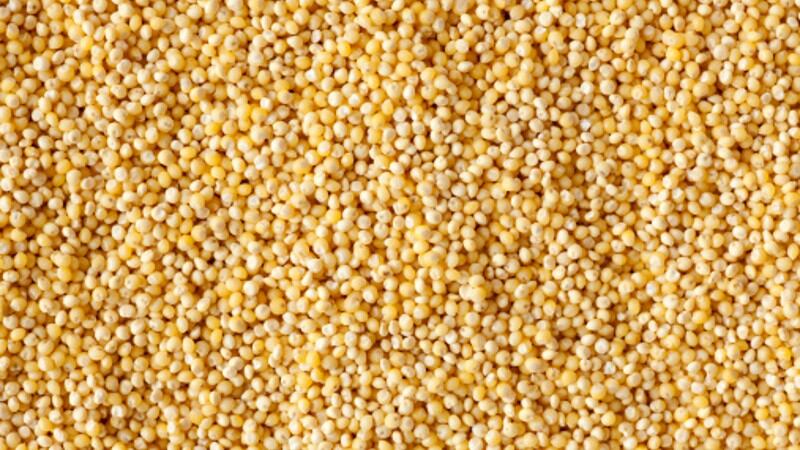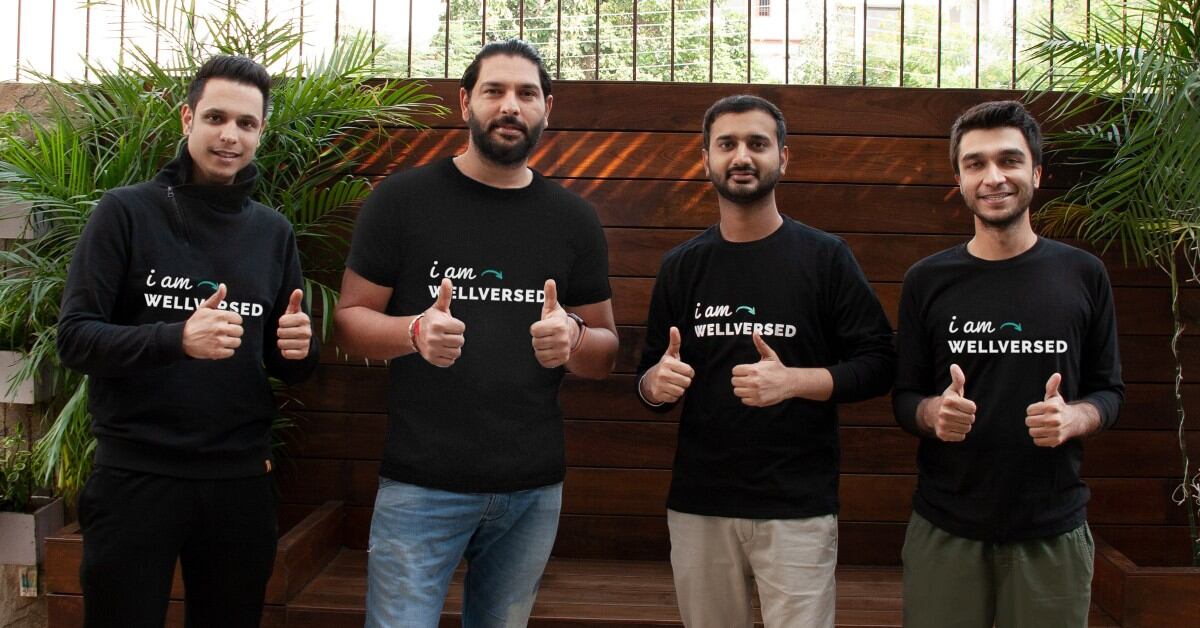FSSAI CEO Kamala Vardhana Rao and MoD Director General (Supplies and Transport) Lt. Gen. Preet Mohindera Singh formalised an agreement between the two ministries to increase the use of millets in military canteens as well as in other public forums.
“This Memorandum of Understanding (MoU) aims to create more awareness about the nutritional benefits of millet-based food products [and] dietary diversity amongst government personnel, [starting with] our armed forces,” Rao stated at the MoU signing ceremony.
“Millets are well-known for their nutritional value, and can significantly contribute towards providing a healthy, nutritious diet for defence personnel [who tend to need to face] challenging terrains and varied climate conditions.
“The MoU will also pave the way for millet-based menus to be introduced in mess halls, canteens and other food outlets under the purview of MoD; and the collaboration will also cover proper training for the relevant food handlers and chefs to ensure the health and well-being of our armed forces.”
The MoU was signed by both parties on July 13, 2023 alongside the announcement of a millet-focused ‘Healthy Recipes for Defence’ book to be circulated to the various MoD food outlets so that there is ‘no excuse’ to find a lack of millet-based dish ideas.
India has been on a mission to promote millets as a staple food commodity ever since the UN Food and Agriculture Organisation (FAO) announced that 2023 would be the International Year of Millets, having gone so far as to introduce new food safety standards for the cereal in the country.
“Most millet crops are native to India, and they are highly tolerant to drought and other extreme weather conditions, requiring low chemical fertiliser or pesticide inputs,” Rao said.
“These are also gluten-free, low in glycemic index (GI), rich in dietary fibre and in micronutrients including calcium, iron, phosphorus and more [and] should ideally be an integral part of our daily diet.”
Industry body India Millet Initiative added that millets are one of the world’s only crops that can grow in arid environments with very little water (300mm to 400mm) as compared to rice (1,400mm to 1,500mm) and sugar cane (1,900mm to 2,000mm).
“The protein, dietary fibre, iron and calcium content in millet are between two to 10 times higher than most staple cereals, including wheat and rice,” India Millet Initiative Founder Dr Satyen Yadav said.
“Millets are also short-duration crops that are very efficient, taking only 60 to 90 days to maturation as opposed to other cereals that take between 100 to 140 days. [This is very important in a time when] food security and sustainability is rising in importance.
“Wheat and rice are clearly not going to be sufficient to achieve zero hunger goals, so millet’s high nutritional value as well as low GI (slow sugar release into the blood) [is also an advantage] as it is better at preventing frequent hunger bouts than rice or wheat.”
Mission for more millets
India already produces and recognises many different variants of millets, from the more common sorghum and finger millets to others such as amaranthus, barnyard millets, Job’s tears, proso millets, foxtail millets and more.
Despite this huge variety, there has been no shortage of excitement to expand the already long list, likely in hopes of further capitalising on the International Year of Millets campaign.
Earlier this year, the Tamil Nadu Agricultural University (TNAU) announced the development of four more new millet varieties: Pearl Millet Hybrid COH10, Sorghum K13, Kudiraivali ATL1 and Panivaragu ATL2.
“Farm yields have to increase to commensurate with India’s rising population without compromising on quality and nutritional value,” TNAU Vice Chancellor V Geethalakshmi said when announcing the new variants.
“Climate variability and changes are the biggest challenges [so the sturdy nature] of millets can be very important in this regard.”



